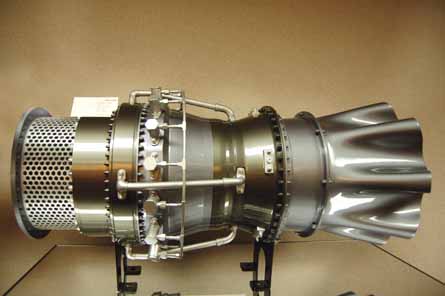Project aims to produce turboshaft with reduced noise, emissions and fuel consumption
Honeywell plans to test the first full-up version of its Small Heavy Fuel Engine (SHFE) demonstrator engine in a test cell in Phoenix this week. Two previous tests in September 2005 and October 2006 focused on the core engine, including assembly, starting and operational functions as well as aerodynamic and mechanical mapping.
The testing is part of a 46-month, $46 million equal partnership between Honeywell and the US Army's Aviation Applied Technology Directorate to build 500-1,500shp (370-1,120kW) centrifugal turboshaft engines with 50% higher power-to-weight ratios, increased turbine temperatures and reduced noise and emissions over today's comparable engines. The programme began in 2003.
Candidate platforms include light commercial single- and twin-engined helicopters as well as military light rotorcraft and unmanned air vehicles.
Goals for the SHFE include a 35% reduction in life-cycle costs through simplified assemblies, smart controls and advanced manufacturing methods, and a 20% reduction in specific fuel consumption through multi-stage analysis, increased component efficiency and higher work components. Target engine life is 5,000h, says Ron Rich, director of Honeywell Aerospace Advanced Technology.
The engine is comprised of two centrifical compression stages, one high-pressure turbine stage and two dual-alloy low-pressure turbine stages. The turbines will rotate 20-30% faster than today's turboshaft engines, requiring a power reduction gear box at the power train interface, says Rich.
Honeywell is building two complete engines for operational, performance, durability and aeromechanical testing, and estimates the SFHE could be ready for the market by 2013.
|
|---|
Honeywell's SFHE has a range of potential civil and military applications |
Source: Flight International

















